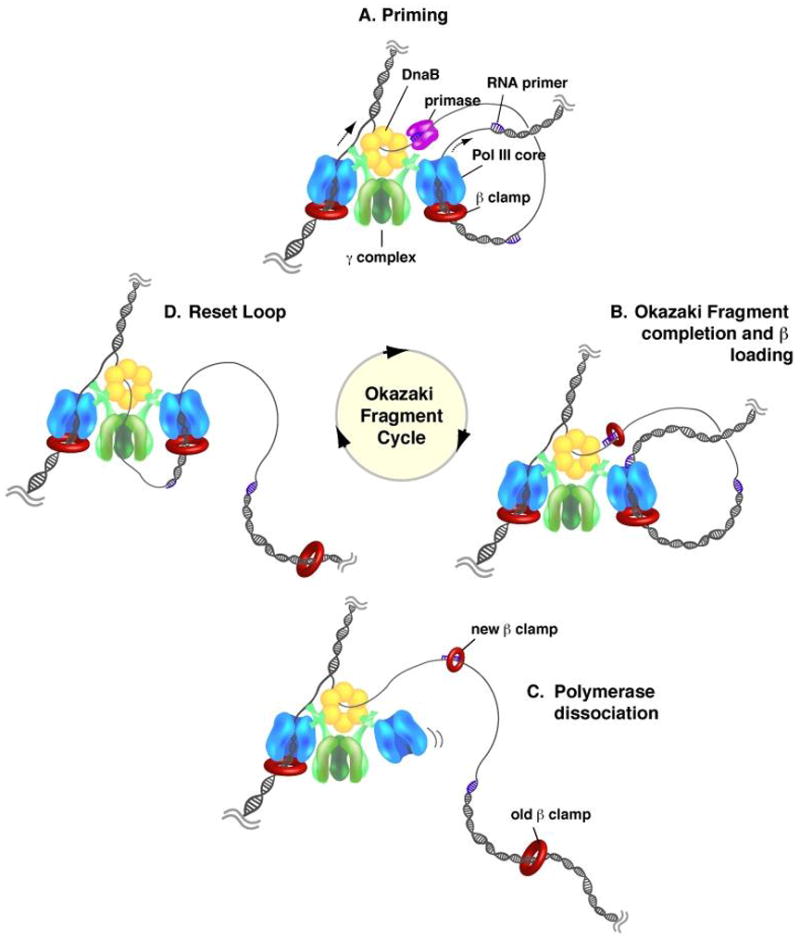Fig. 7. Cycle of lagging strand synthesis.

(A) As the replication fork moves, the DnaB helicase recruits DnaG primase, which synthesizes short RNA primers on the unwound lagging strand. (B) While the lagging strand polymerase finishes synthesis of the current Okazaki fragment, the clamp loader displaces primase from the newly synthesized primer and places a β clamp around the primer/template junction. (C) The completion of the Okazaki fragment induces polymerase to dissociate from the β clamp and DNA and allows recruitment to the newly synthesized upstream primer through interaction with the τ subunit of the clamp loader, leaving the β clamp behind. (D) The cycle is complete upon association of the lagging strand polymerase with a new β clamp on an upstream RNA primer to begin synthesis of a new Okazaki fragment.
